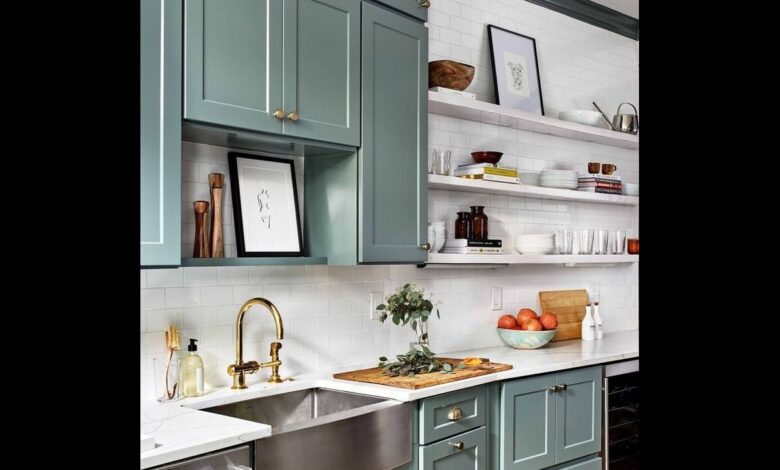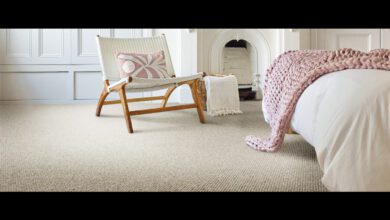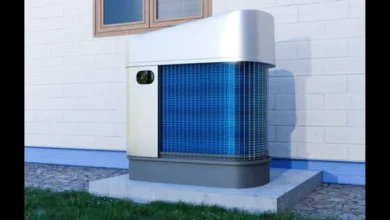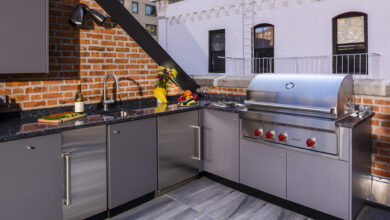How to Find the Right Cabinet Lock for Your Needs

Securing valuable items or confidential documents is a priority at home or the workplace. One effective way to enhance security is by using reliable locks. When it comes to reliable security, locking systems like combination cabinet locks offer a keyless solution that combines ease of use with robust security among the various types available. Besides that, several others are available in the market to protect cabinets. This guide will talk about the different types of cabinet locks and help you select the perfect protection to meet specific security needs while focusing on its unique advantages.
Assessing Security Needs
Before choosing a cabinet lock, evaluating the level of security required is crucial. For households with small children, the primary concern may be to prevent access to dangerous items such as medicines or cleaning supplies. In contrast, a professional environment might require securing sensitive documents or expensive equipment. Understanding the specific security needs helps select the ones that provide the right level of protection without being overly cumbersome.
Types of Cabinet Locks
1. Cam Lock
These types consist of a cylindrical base fitted into the cabinet door and a cam, the actual locking mechanism that rotates to lock or unlock. These types are operated with a key and can be found in various lengths and sizes, making them suitable for cabinet doors and drawers.
2. Deadbolt
Deadbolt locks for cabinets are similar to those used indoors but are smaller in scale. These types use a solid, retractable bolt that moves into the door frame to secure it. Deadbolts are known for their strength and security, making them ideal for storing sensitive or valuable items.
3. Padlockable Cam
Padlockable cam provides a hybrid solution where a standard cam lock has a padlock fitting over it for added security. This type allows users to secure a cabinet by adding an extra layer of protection that can be part of a master key system or combination system.
4. Electronic
Electronic ones offer a keyless solution, controlling access through a keypad, RFID, biometric sensors, or a combination of these. Users enter a code using a keycard or their fingerprint to open. These are programmable, and access codes can easily be changed, making them ideal for environments where access needs to be restricted or monitored.
5. Combination Cabinet Lock
Combination cabinet locks eliminate the need for keys, which can be lost or copied. These types require a numerical code that the user must enter to unlock them. Combination ones can be beneficial in environments where multiple people need access to the same cabinet, as the code can easily be shared without compromising security. These also allow administrators to reset the code if necessary. These are popular in schools and workplaces where low to medium security sufficiency is required.
Selecting the Right One for Cabinet
When going for cabinet protection, consider the level of security required, the environment in which it will be used, and who will need access. For environments where key management is challenging or where access needs to change frequently, a combination cabinet lock might be the most efficient option. Conversely, in settings requiring higher security, such as for storing sensitive materials, a more robust one, like a deadbolt or an electronic one with biometric features, might be appropriate.
Finding the right lock involves assessing security needs, understanding the types available, and considering factors like material, installation, and maintenance. While deadbolts are known for their strength and security, combination cabinet locks offer a versatile, keyless solution suitable for different applications. By carefully evaluating these factors, users can select a lock that provides peace of mind by safeguarding their valuable items or sensitive information.







